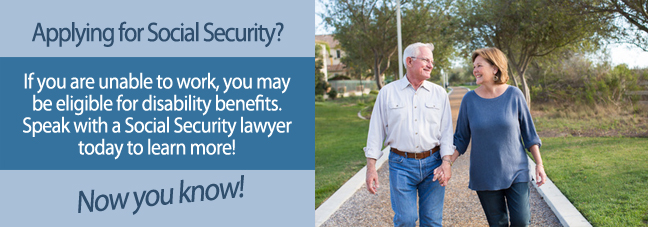If you have taken on the role of caregiver for a friend or family member with vision loss, you can submit an application for Social Security disability benefits on your loved one’s behalf. There are two SSA disability programs to which your loved one may qualify, and submitting all of the required documentation along with the application will help ensure a quick decision from SSA.
If the claim is approved, your friend or family member will receive retroactive payments as well as monthly disability payments that can help with living expenses, medical expenses and any other expenses that need to be covered while your loved one is unable to work.
How Your Loved One Can Medically Qualify for SSD Benefits
The Social Security Administration is the agency responsible for reviewing the disability benefits application and making an ultimate determination about eligibility. The SSA utilizes the Disability Evaluation for Social Security, also known as the Blue Book, to evaluate the claim. Whether your loved one will qualify for benefits depends on the individual diagnosis.
Keep in mind that there are always variations in diagnoses and treatments that will need to be considered in the SSA’s decision, so even if you don’t see a specific condition it’s still important to submit an application to determine whether your loved one with vision loss qualifies. You can see how the SSA will evaluate the claim by looking at the Blue Book listing for vision loss, 2.04: Loss of Visual Efficiency.

Becoming a Designated Payee
As a caregiver, you role might also include managing monthly benefits from the SSA to take care of living expenses. Payments are sent via direct deposit to the payee’s bank account, so you would need access to your loved one’s bank account.
Social Security disability benefits can be used for anything relating to your loved one’s care. That includes paying rent and utilities, buying medication and purchasing groceries. Keep in mind that the Social Security Administration might conduct an audit of the way you’re using the benefits to ensure that they’re being applied to the payee’s needs.
How to Start Your Loved One’s Application
The application for disability benefits requires documentation of your loved one’s vision loss. Not only is there a need to medical documentation of your loved one’s vision loss, but there is also a substantial amount of information required about his or her work history and, in this case, how the vision loss prevent him or her from working.
The amount of medical documentation will depend on the diagnosis, and as a caregiver you can help with the process by obtaining as much of the documentation as possible so that the SSA doesn’t have to track it down. Keep in mind that your loved one will need to sign the application and consent forms so that the Social Security Administration can contact physicians and medical providers as needed to evaluate the claim.
If your loved one is unable to sign documents and you are a legal guardian or hold power of attorney, then you can sign on his or her behalf. If not, you should call the SSA to find out whether you can sign on on his or her behalf.
For assistance with a claim, you may want to speak with a Social Security disability attorney. To get connected with one that takes cases in your area, complete the Free Case Evaluation on this page today!